One of the most important vehicle components is the battery. Basically, a car battery, also known as an automotive battery, power unit or energy unit, is a rechargeable power unit that mainly functions to aid in the operation of the vehicle. Yes, without it, your vehicle cannot wake the engine up!
Like other electrical components, vehicle batteries have their life spans. During usage, it’s unavoidable for them to wear out, break, leak out, etc. To avoid undesirable incidents caused by dying batteries, you should take care of the power unit status. So here are the signs your car battery is dying for your reference.
8 Signs Your Car Battery Is Dying
1. The Check-Engine Light
This light, formally called a malfunction indicator lamp (MIL), indicates engine computer-related problems in the automobile. Whenever the light is on, potential issues remain.
In this situation, you should find a repair shop or consult the manual or manufacturer to detect the issue. It would help if your power unit was checked on time.
2. Harder To Start
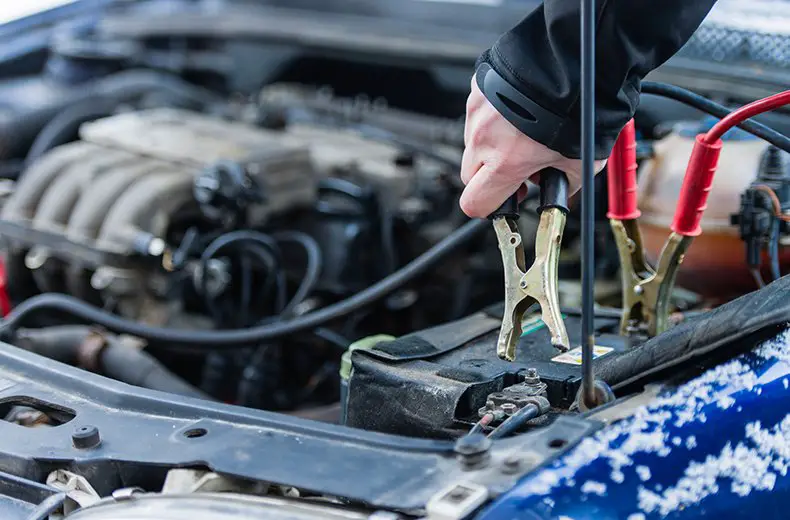
One of the most visible signs your car battery is about to die is its sputtering breath. In this circumstance, it’s difficult for the automobile to start the engine. In other words, you can feel that there is a delayed engine start.
During usage, battery parts will deteriorate gradually, becoming less efficient. As a result, you’ll have to wait for more for the engine to start as the energy unit needs a longer time to charge the starter.
3. Dim Headlights
This may be the clearest sign of poor batteries. As you know, the headlights need electrical energy to light on. Whenever the car’s headlights become dim or less bright, no matter gradually or suddenly, it’s a symptom of a running out of electronic power. Sometimes, the headlights can flicker several times.
4. Issues Related To Electrical Components
Nowadays, many present-time vehicles come equipped with a variety of electronic extra components. For example, electrical windows, dashboard lights, heated seats, headlights, etc.
These electronic parts of an automobile won’t operate correctly or smoothly if an automotive energy unit is running out of its capacity. For any of these items to work, electricity is key. If these parts don’t seem to be functioning as usual, it’s time to check the automobile power unit.
Check the power unit once there are any signs of these:
- The power-featured seats are not working well.
- The windows cannot be raised and lowered by buttons.
- The dashboard is flickering or cannot be on.
- The radio is not coming on or malfunctioning.
5. Weird Smell
One of the most obvious symptoms of a broken power unit is leaking acid. The energy acid is leaking if you can smell sulfurous things. Hydrogen sulfide gas, which has a smell similar to water in the wells or rotten eggs, is produced while a lead energy unit starts dying.
When you open the hood of your automobile, you might spot the smell of rotten egg, which indicates the leaking of your automotive battery. The leakages can be the result of an internal short or lifespan-related fault or external damage.
6. A Warning Light
In many modern cars, a dashboard warning light can indicate whether the energy unit is not being recharged properly or has an internal issue. Moreover, the light can potentially be a sign of an issue relating to the alternator or another electrical component. Whenever the lights turn on, you should let licensed specialists examine the automobile’s electrical system.
7. Loose Connection Of Terminals
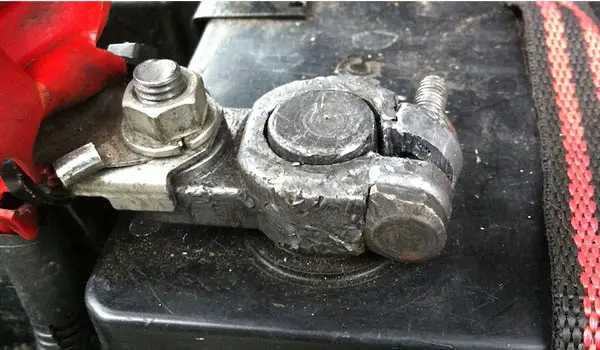
Vehicle terminals connection possibly loosen out as a result of dying batteries.
Check the connection of the terminals if you spot nothing of the above signs to make sure that the terminals are connected correctly. Let’s tighten them if they are loose and see whether the issue persists.
8. Other Signs
In short, a battery is a chemical mixture contained inside a container. Similar to other parts of the car engine, this power unit can go wrong occasionally. When this power box, or chemical container is exposed to extremely hot or cold surroundings, the case may bulge.
In too cold temperatures, batteries may discharge and be frozen. As a result, those batteries are defined as electrically dead by freezing or swelling by excessive heat. In those cases, you need to replace that energy unit because it cannot work anymore.
On the other hand. The production date is frequently visible on the case or box if you are unclear about how old it is. However, it would be better to be checked by an auto repair shop.
Typically, this power unit lasts four to five years. The lifespan varies depending on drivers’ driving habits and surrounding environments (i.e., hot or cold). For example, one who usually leaves his car exposed to extremely hot temperatures can lead to a shorter lifespan of the power unit.
Conclusion
You should pay attention to any little malfunctions and resolve the problems correctly before they become worse. It may cost you a lot when ignoring the warning signs of a poor battery.

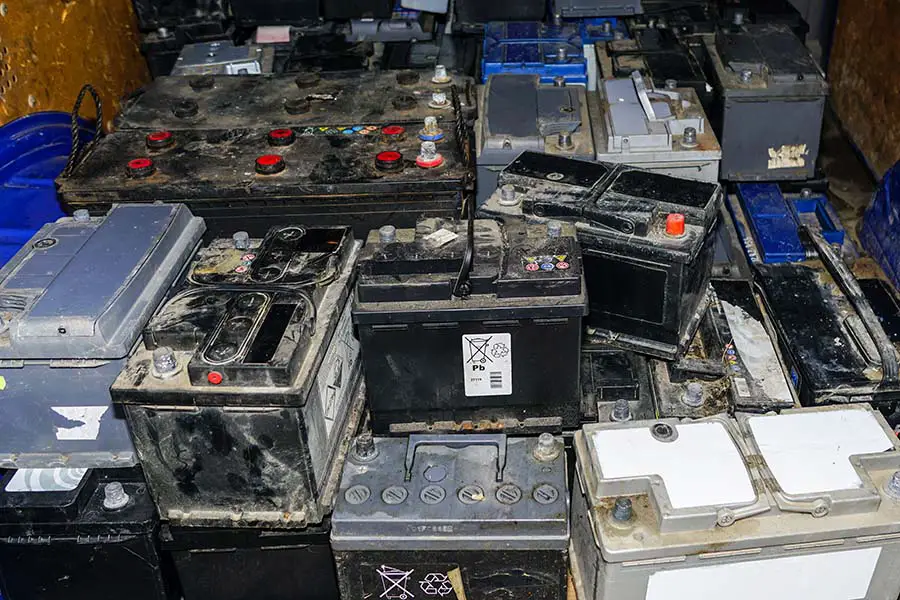

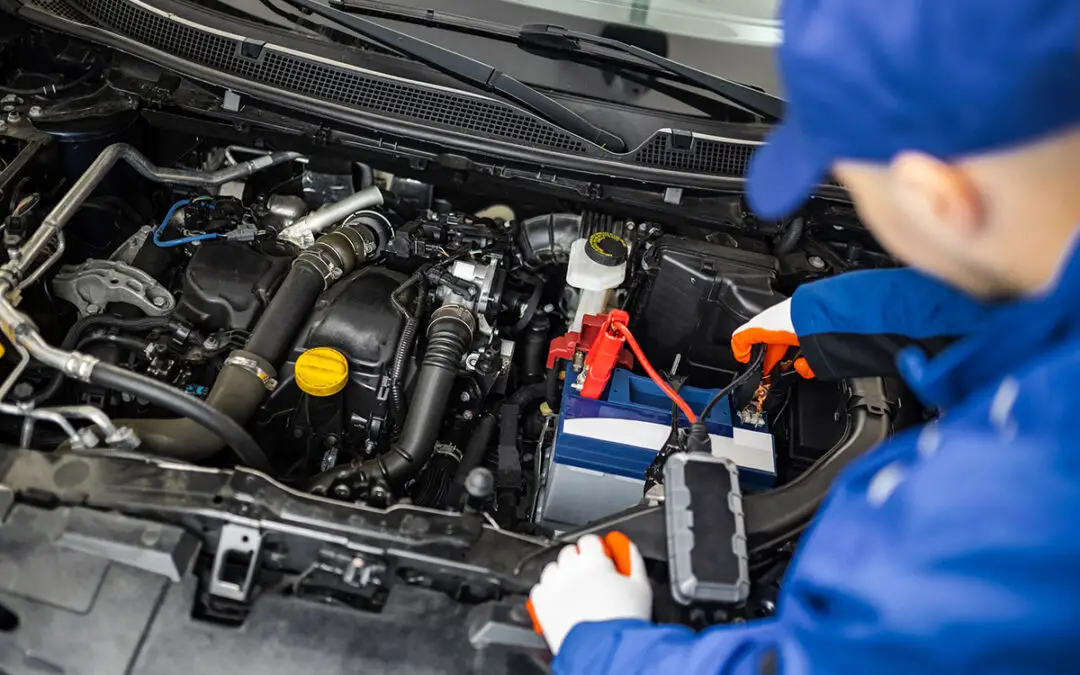
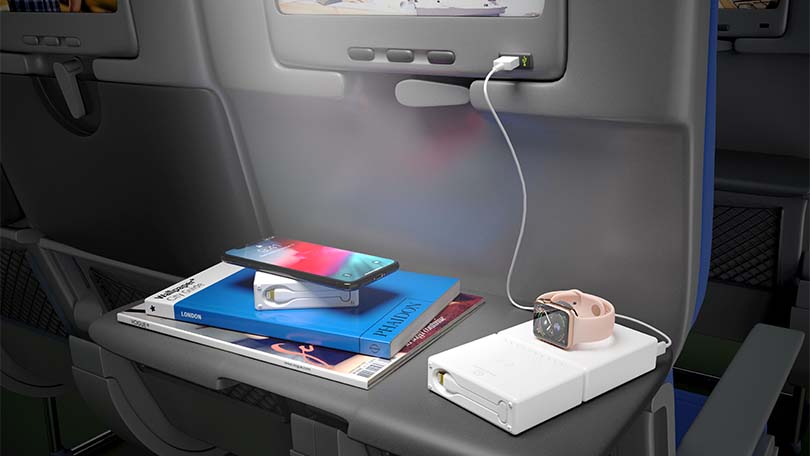



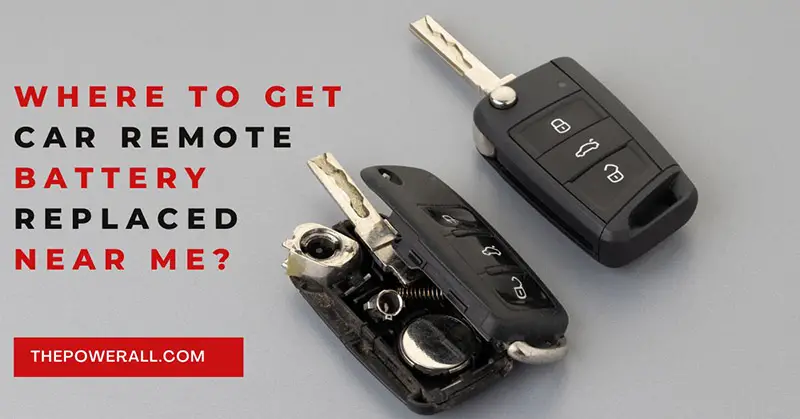
0 Comments